The global food delivery market is expected to be valued at $182.3 billion by 2024 as forecasted by experts. This expanding reach somewhere hints that how important it is for businesses to opt for the right business model and proclaim success. However, the journey of a thousand miles begins at one single step and when there is already a cutthroat competition, this makes the environment more intense. Let’s face the reality. On-demand food delivery app development company are approached and with the customized apps they seem to be feeding people around the globe. Both convenience and ease of use on the part of users are helping them maintain substantial profits in return. The basis of mounting growth rendered to prominent industry startups and leading delivery brands such as Zomato, Uber Eats, Swiggy is nothing more than a streamlined delivery and takeaway orders. Similar are the consequences with restaurants that are quick service and cloud kitchens such as Subway, KFC, McDonald’s, and Pizza Hut.
It’s been a challenging year for on-demand businesses and food delivery startups do not appear to be an exception. SpoonRocket ran out of business, Munchery was struggling, DoorDash and Postmates secured new investments at a lower and flat valuation. Therefore, the success of online food ordering and delivery systems like Zomato or GrubHub depends primarily on how well it caters to the diverse needs and preferences of the local public.
Right from the most valuable start-ups that are disrupting traditional markets to those established companies that have already shifted their business model from a traditional linear to platform-based approach, we have summarized some of the business models that can help you create a successful on-demand food delivery app if your restaurant business needs a push.
I. Order Only Model
JustEat, Grabhub, the order only business model proved successful for many startups. This ‘order only’ model solemnly acts as an aggregator that assures independent restaurants, especially takeaways that manage their fleet of couriers. Following this model has a clear and evident advantage to restaurants. A spike in order taking especially during odd timings can be the unique selling point. On the other hand, it is also convenient for the customers to place orders from the comfort of their home and replace their antiquated phone ordering system with an optimized web and mobile platform. The new and improvised systems integrate with kitchen workflow and assist restaurant startups to streamline workflow.
Usually, the functioning of this model begins with order allocation. Just when the order is placed, a restaurant owner is notified either by an automated telephone system or sending order requisitions within the web app or a native smartphone app. Under this model, either the delivery is taken place by a delivery driver by a restaurant, or a delivery driver belonging to the delivery service provider is hired. However, there is a school of thought that believes that the reliance on restaurants’ couriers somewhere limits the offerings of cuisines and price points. Also the consumer’s mind with relatively low-end takeaway food means they cannot control quality and fail to optimize the speed, quality of the delivery.
II. The Order and Delivery Model
This order and the delivery model platform handles logistics for restaurants, food joints, and home delivery services. The benefits of the partnership with these platforms are beneficial for eateries as they don’t have to search for and pay for couriers or maintain vehicles. This involves saving approximately 20 to 30 percent on order and delivery services. The working of this model looks somewhere like restaurants register themselves on an online platform. Depending upon the cuisine, customers can place their order from the restaurant and on receiving an order request through website or app notifications, a delivery boy most nearest the restaurant will deliver the order conveniently.
The success of this food delivery business model can be directly obtained from the restaurants and delivery boys. By charging a flat commission to restaurants or leveraging a delivery fee to customers’ delivery location, you can provide a flexible and instant delivery to customers by training delivery boys. This ultimately helps business startups to get higher ratings and make the food delivery business an instant success.
III. The Fully Integrated Model
The third and most popular business model involves the full integration of the process. The big brands like Sprig, Maple, and SpoonRocket have already imbibed this model to streamline their business processes. Under this model, a restaurant owner develops their app through which consumers can place their order and the delivery is made as fast as possible or within a time window stipulated by the customer. Here everything from food preparation to delivery is managed by the owner. Also, you will have full control over the entire supply chain so the chances of generating profits are relatively higher when compared with other models.
To summarize, every region or province has specific requirements and preferences. The success lies in how well your brand manages towards catering to diverse needs and suits the preferences of local people. Therefore, it is also beneficial to customize your portal and optimize the portal so that the demands of local people can be addressed. How can startups aspire to make it a big hit? The convenience that means a better customer experience is the first and foremost factor that can be adhered to by food delivery app development company in New York.
Also Read – How to Start an Online Food Business? – Best Ideas for Selling Food Online

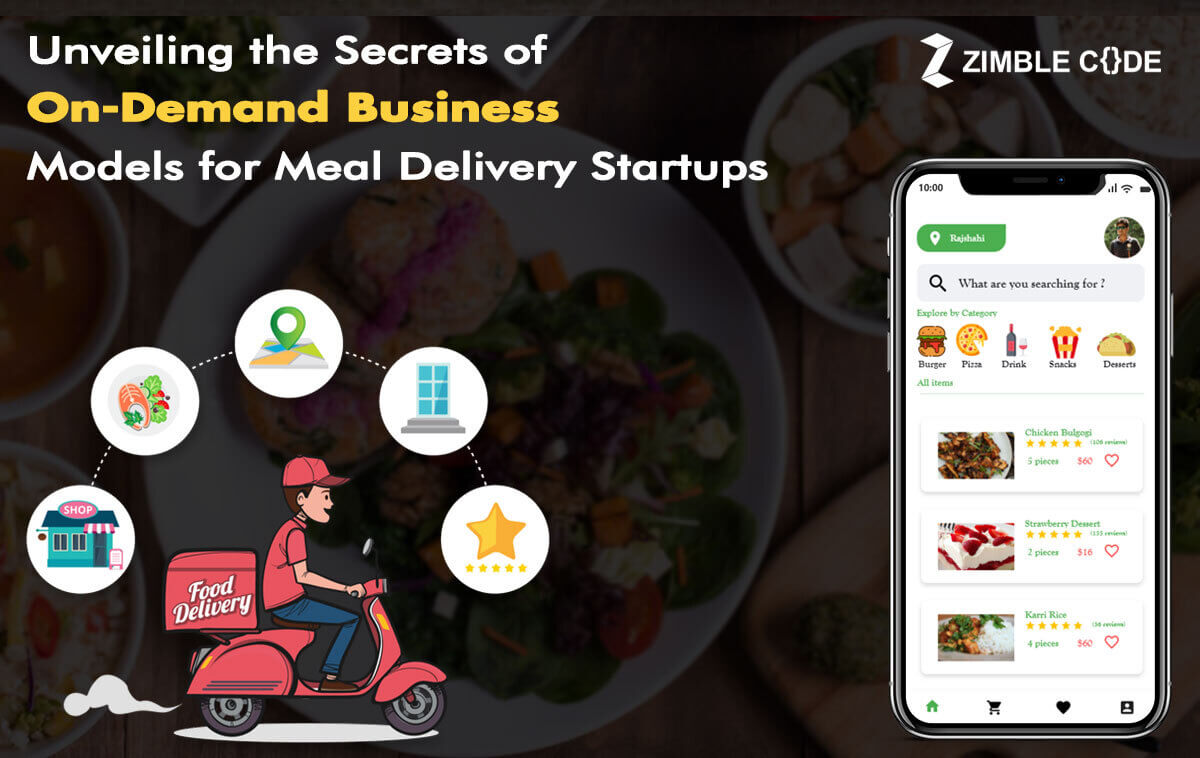
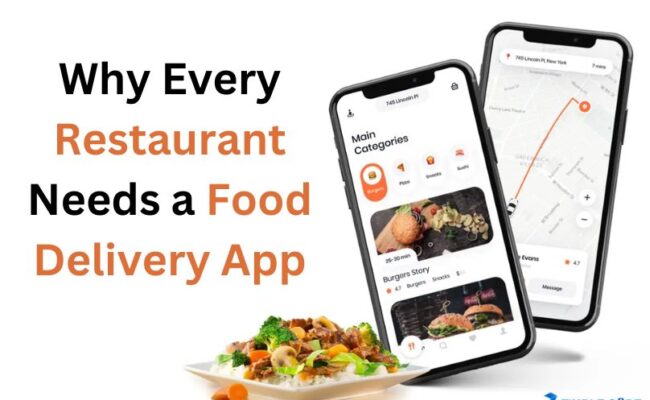
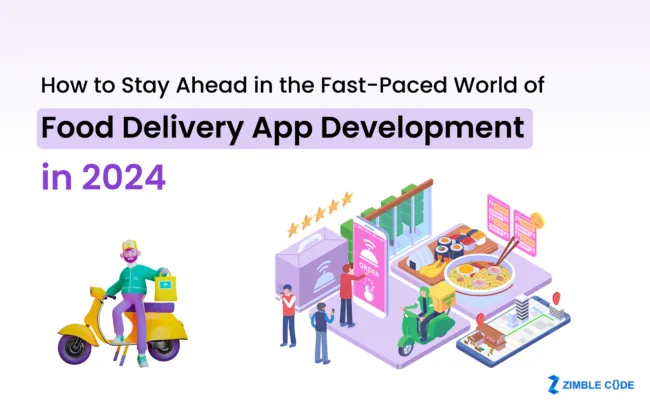
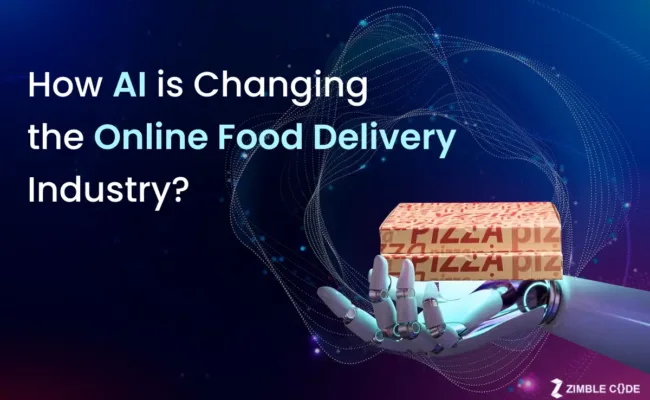
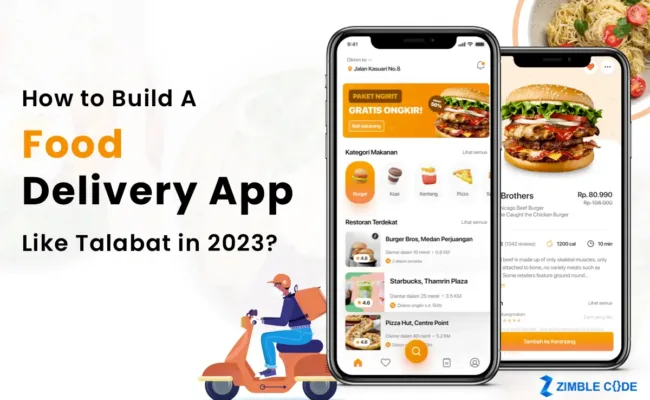
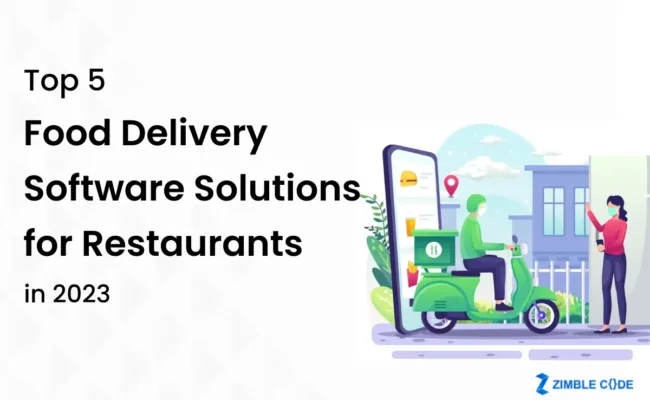

This is really useful and informative blog, your all blogs are useful. Thanks and I can definitely bookmark this URL.
The blog is absolutely fantastic! Lot of great information which can be helpful about benefits of developing website. Keep updating the blogs.
Hello there, I must say this is a nice blog.